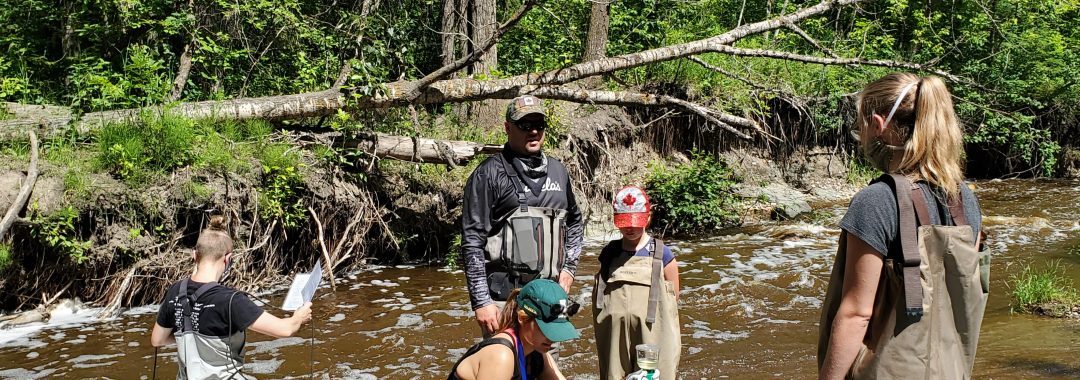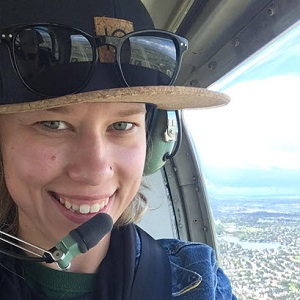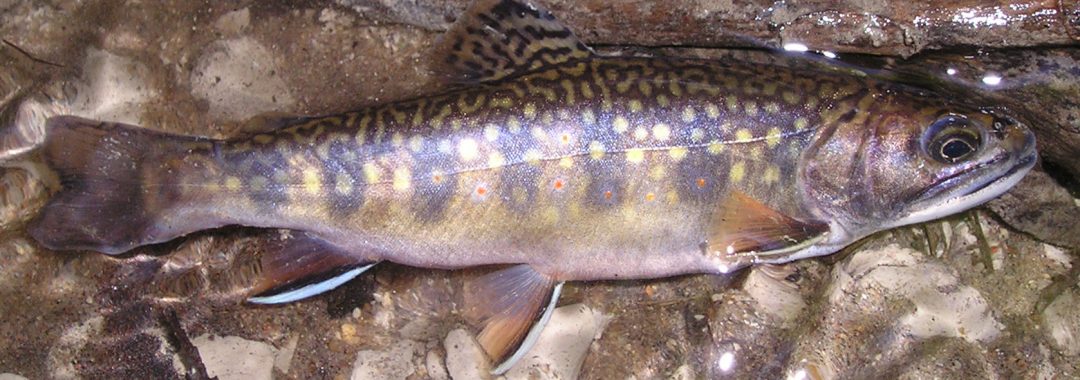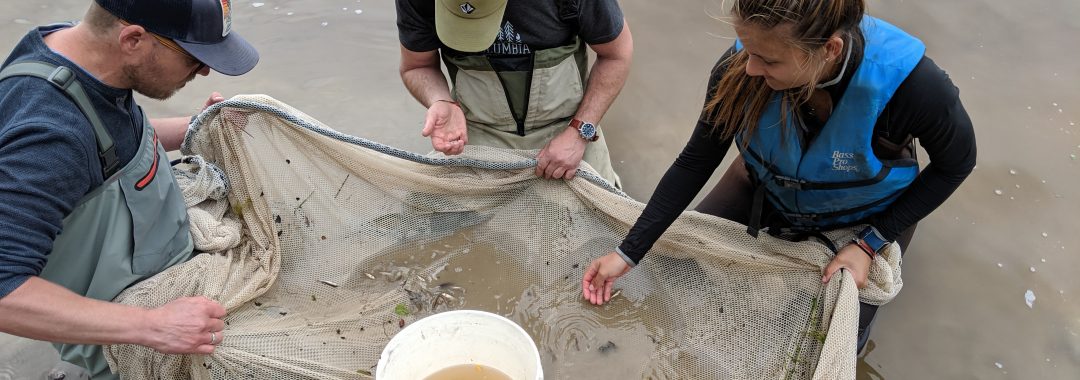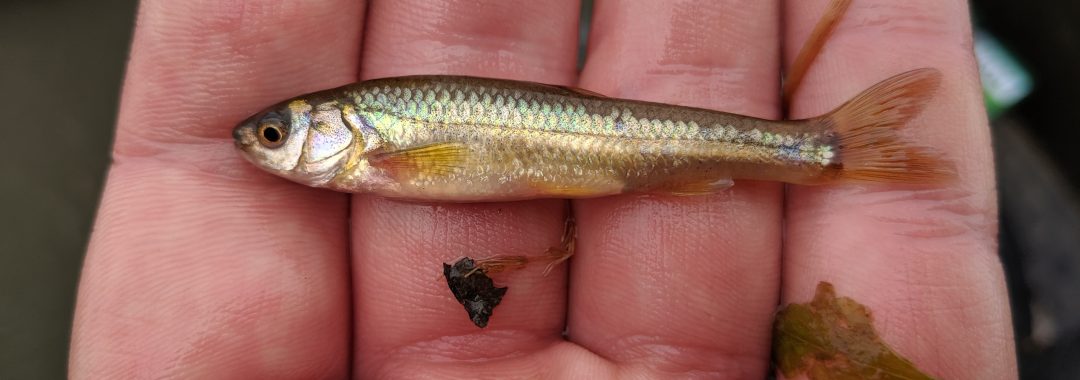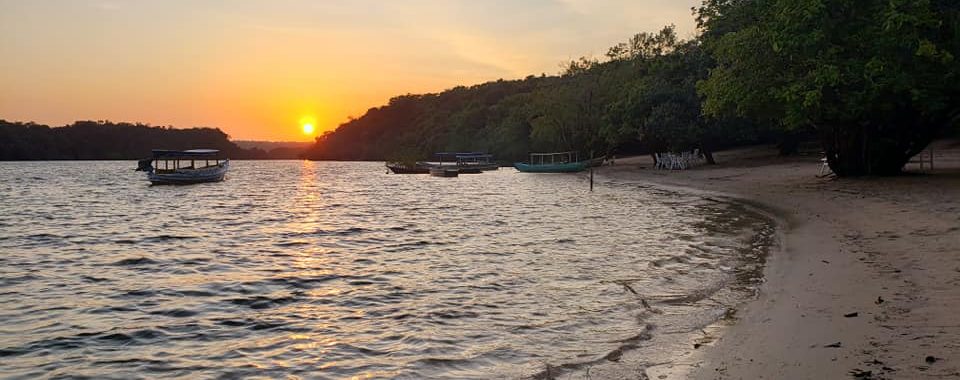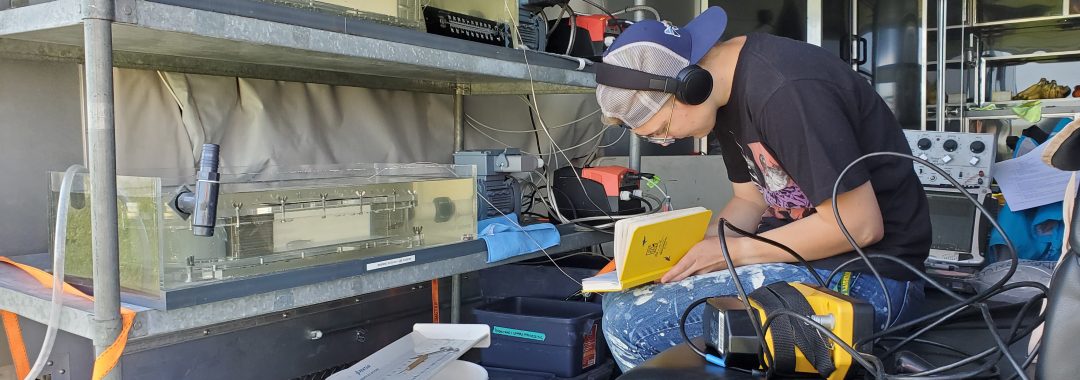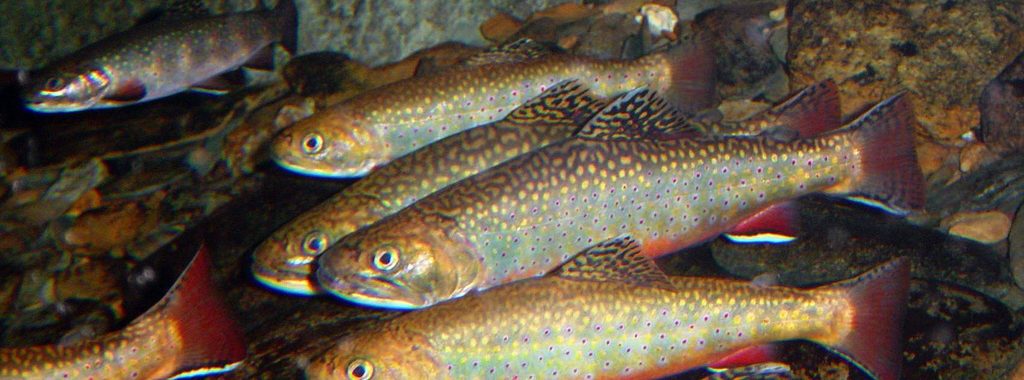University of Alberta academics are part of a project that received $24 million in federal funding to examine the link between the loss of biodiversity and the decline of Indigenous health. Dozens of academic and community-based researchers, both Indigenous and non-Indigenous, are joining forces for a six-year project to curb the decline of biodiversity and improve the well-being of Indigenous people throughout Canada and around the world.
The Ărramăt Project brings more than 150 Indigenous organizations and governments from around the world together to carry out 140 Indigenous-led, place-based research projects to examine the link between biodiversity and Indigenous health.
There are 12 academics from the University of Alberta involved in the project.
“The collapse of the cod stocks, massive forest fires in B.C., climate change, degradation of freshwater — there’s no end of examples where our non-Indigenous systems of resource management are flawed,” said Brenda Parlee, lead co-principal investigator and a non-Indigenous scholar and professor in the U of A’s faculty of agricultural, life and environment sciences in a news release.
Link to article (Folio)

